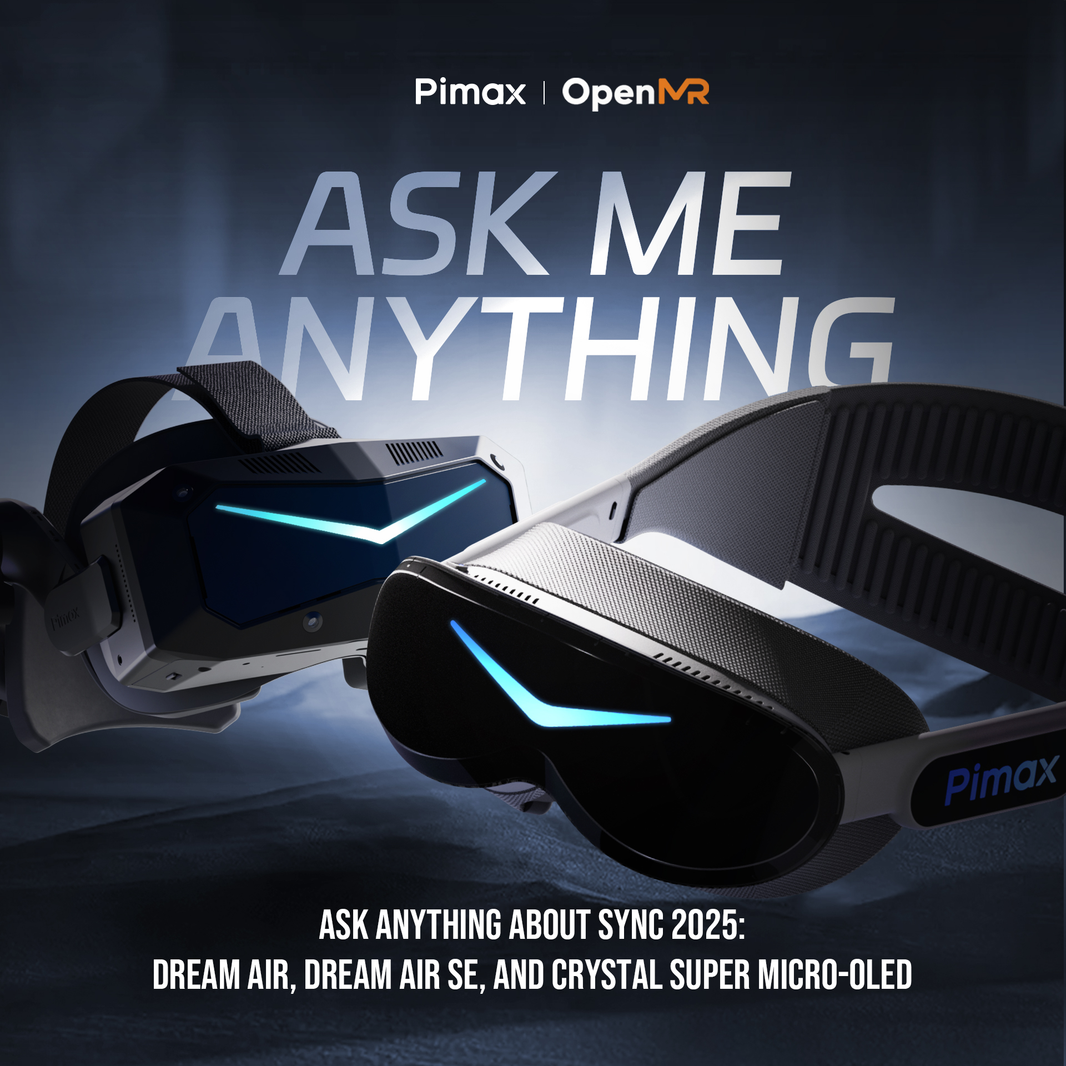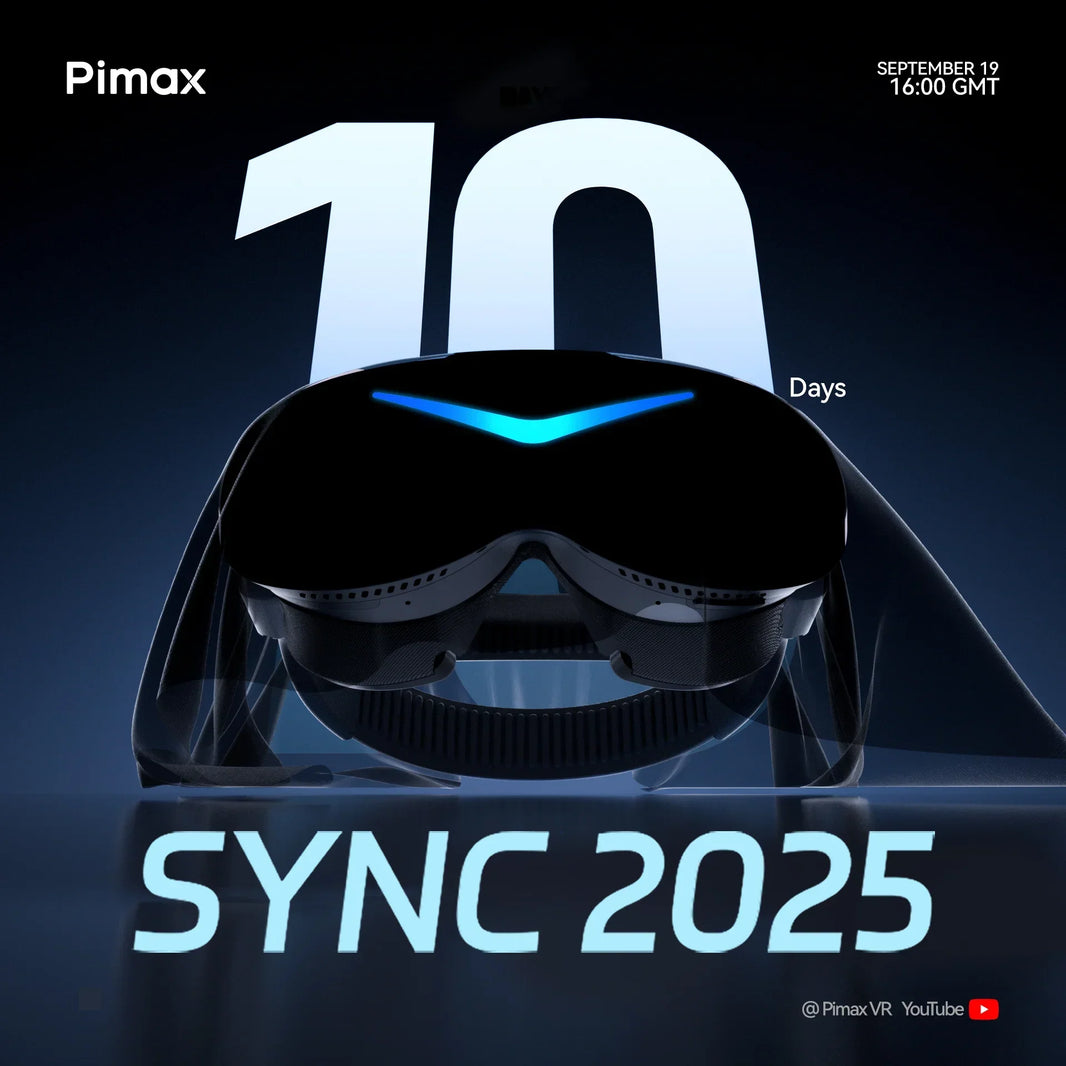Native 4K refers to an original input resolution of 3840x2160 pixels (approximately 8.3 million pixels), commonly known as 4K. This high resolution provides an incredibly sharp, high-definition image. Native 4K VR headsets, like the Pimax Crystal Light , have a resolution of 2880x2880 pixels (approximately 8.3 million pixels), ensuring the highest visual fidelity because the image you see on the screen is exactly as it was shot or produced.
Is the upscaled resolution on Meta Quest 3 the same as the native 4K on Pimax Crystal Light?
When comparing the resolution capabilities of the Meta Quest 3 and Pimax Crystal Light , the difference is clear. The Meta Quest 3 employs 4K upscaling, a process that takes a lower-resolution input of 2064x2208 pixels (approximately 4.5 million pixels) and upscales it to 4K. While this improves visual quality, it doesn't match the sharpness and clarity of native 4K. On the other hand, the Pimax Crystal Light offers true native 4K resolution of 2880x2880 pixels (approximately 8.3 million pixels), delivering crisp, detailed, and realistic images without the artifacts and blurring that can occur with upscaling.
Why is native 4K resolution better than upscaled 4K for games?
The difference between native 4K and upscaled 4K is especially noticeable when playing visually demanding games like DCS or iRacing. Native 4K provides a more immersive and realistic experience with textures, edges, and small details rendered with precision. Upscaled 4K, while impressive, struggles to render fine details and can introduce visual artifacts, especially in fast-paced or complex scenes. Pimax Crystal Light's native 4K capability delivers a superior gaming experience with more detailed and consistent visuals.

What are the cable advantages for native 4K?
The wireless Meta Quest 3 offers freedom of movement but is limited in achieving true 4K resolution. The Pimax Crystal Light's wired connection, on the other hand, is essential to provide the bandwidth required for native 4K content. It uses a DisplayPort (DP) connection, sending a losslessly compressed signal directly to the headset. USB connections require image compression and decompression, a process similar to streaming video, resulting in inferior image quality. In the same way that HDMI and DP offer superior image quality over USB connections, the Pimax Crystal Light's DP connection ensures the full benefits of true 4K visuals, delivering an experience not available with wireless systems like the Meta Quest 3. For those who prioritize visual quality, cable and DP connections are a small compromise for native 4K clarity.








